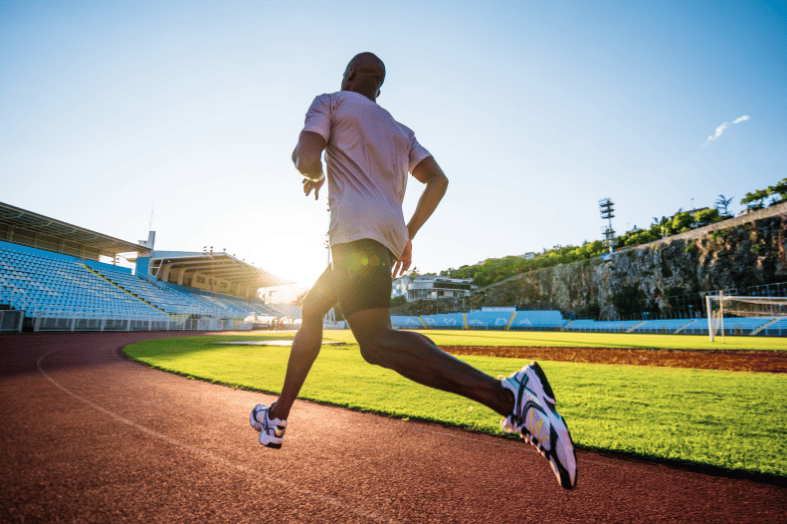The Role of Dry Needling in Athletic Performance and Injury Prevention

In the world of sports, injury prevention and optimal performance are key goals for athletes. While traditional treatments such as physical therapy and massage have been used to help athletes achieve these goals, dry needling is emerging as a powerful tool to help athletes achieve peak performance and prevent injuries.
Dry needling is a treatment that involves the insertion of thin needles into specific trigger points in muscles. The goal of dry needling is to release tension and promote the body’s natural healing processes, which can provide long-lasting relief from pain and improve overall performance.
The Science Behind Dry Needling
Dry needling is based on the trigger point theory, which suggests that the presence of trigger points in muscles can cause pain, discomfort, and decreased performance. Trigger points are areas of muscle tissue that are sensitive to touch and can refer pain to other areas of the body. Dry needling works by targeting these trigger points with thin needles, causing a localized twitch response in the muscle that helps release tension and promote healing.
Benefits of Dry Needling for Athletes
Dry needling can provide numerous benefits for athletes, including improved range of motion, increased flexibility, and decreased pain. By releasing tension in trigger points, dry needling can help athletes achieve optimal muscle function, allowing for more efficient movement and performance.
Dry Needling and Athletic Performance
When looking to gain an edge, dry needling can be particularly beneficial for athletes looking to improve their performance. Endurance athletes, for example, can benefit from dry needling by releasing tension in key muscles, improving circulation, and increasing oxygen delivery to the muscles. Power athletes can also benefit from dry needling, which can help improve muscle activation and recruitment, leading to increased power output.
Dry Needling and Injury Prevention
One of the most significant benefits of dry needling for athletes is its ability to help prevent injuries. By releasing tension in trigger points, dry needling can help reduce the risk of overuse injuries, such as tendonitis and stress fractures. It can also help prevent acute injuries, such as sprains and strains, by promoting optimal muscle function and reducing the risk of compensatory movements that can lead to injury.
Specific Areas that Benefit from Dry Needling for Injury Prevention
While dry needling can provide benefits throughout the body, there are certain areas that are particularly susceptible to injury and can benefit from dry needling. These include the neck, shoulders, back, hips, and knees. For example, dry needling can be particularly effective in treating shoulder impingement syndrome, a common injury among overhead athletes.
Dry Needling and Injury Rehabilitation
In addition to its benefits for injury prevention and performance enhancement, dry needling can also be a powerful tool in the rehabilitation process. By releasing tension in trigger points and promoting healing, dry needling can help athletes recover from injuries more quickly and effectively. It can also be used in conjunction with other rehabilitation techniques, such as physical therapy and massage, to provide a comprehensive approach to injury recovery.
Examples of Injuries that Benefit from Dry Needling
Dry needling can be effective in treating a wide range of injuries, including muscle strains, ligament sprains, and tendonitis. For example, dry needling can be used to treat plantar fasciitis, a common injury among runners, by releasing tension in the calf muscles and promoting healing in the plantar fascia.
Combining Dry Needling with Other Rehabilitation Techniques
While dry needling can be effective on its own, it can also be used in conjunction with other rehabilitation techniques to provide a more comprehensive approach to injury recovery. For example, dry needling can be combined with physical therapy to help athletes regain strength and flexibility in injured muscles.
Conclusion
In conclusion, dry needling is a powerful tool that can help athletes achieve optimal performance and prevent injuries in a non-invasive manner.

